Dynatrace is a fully automated, AI-powered observability platform that is now partnering with ServiceNow to elevate IT operations to a proactive level. In this article, we'll explore what Dynatrace is and how it works. Integration with ServiceNow, What are the benefits of this partnership, practical examples of its use, points to consider, and reasons to consider this integration in your IT environment?.
Dynatrace delivers real-time “observability” for applications, infrastructure, and user experience. Its partnership with ServiceNow It allows you to automate IT workflows and intelligently convert alerts into concrete actions. Therefore, for companies that want to optimize their workflow, reduce risks, and innovate faster, this combination becomes a competitive advantage.
What is Dynatrace?
The Dynatrace platform offers an all-in-one approach to monitoring and observability: it covers everything from infrastructure to applications and the end-user experience. Therefore, instead of multiple fragmented tools, it brings together telemetry, logs, traces, and metrics under a single umbrella.
In addition, Dynatrace incorporates artificial intelligence (such as the Davis mechanism).®)AI) to detect anomalies, correlate cause and effect, and suggest actions or even automate corrections.
For example:
- – A single agent (“OneAgent”) can be installed to collect data from multiple levels of the stack.
- Smartscape technology maps complex application topologies in multi-cloud environments, allowing you to understand how components are interconnected.
- The platform allows for the tracking of distributed logs, metrics, and traces to understand the root cause of problems.
In short, Dynatrace delivers visibility, intelligence, and automation to a company's digital ecosystem — and that's the foundation that makes partnering with ServiceNow possible.
What is the relevance of the partnership between Dynatrace and ServiceNow?
Companies are facing increasingly dynamic environments: multiple clouds, containers, microservices, and growing complexity. In this scenario, simply monitoring is not enough; it is necessary to predict, automate, and resolve issues before they impact the business.
This is where the partnership starts to make sense:
- ServiceNow is a service management and workflow automation platform (ITSM, ITOM, etc.) that already has a consolidated presence in corporate processes.
- Dynatrace provides a real-time observability layer, with data on application, infrastructure, and user experience.
What does this partnership deliver?
- Two-way integration between Dynatrace and ServiceNow: Dynatrace alerts and findings can automatically generate incidents or actions in ServiceNow.
- Automatic population of the ServiceNow CMDB (Configuration Management Database) with Dynatrace data, mapping topologies and dependencies in multi-cloud environments.
- Closed-loop automation: Dynatrace detects a problem, sends it to ServiceNow, which triggers a remediation flow, and Dynatrace monitors the impact.
- Scalability and large-scale operations: the announcement of this multi-year collaboration shows that the focus is on autonomous IT operations, with less human intervention.
Benefits for organizations in Brazil and worldwide
- Reduced service interruptions (downtime), as monitoring becomes proactive and workflows are triggered automatically.
- Increased productivity for the IT team: less time spent on investigations, more time spent on innovation.
- Better alignment between IT and business, because visibility and impact are connected.
- An environment prepared for digital transformation and intelligent automation — especially relevant for companies with hybrid or multi-cloud operations.
How does the integration work?
Main steps
- Discovery & mapping Dynatrace dynamically identifies components, services, hosts, containers, and dependencies (via Smartscape).
- Synchronization with ServiceNow CMDB – Through the “Service Graph Connector for Dynatrace”, topology information is imported into ServiceNow.
- Incident and event detection Dynatrace detects anomalies, performance degradation, or critical errors, and then sends these events to the ServiceNow Event Management module.
- Workflow automation Within ServiceNow, these incidents can automatically trigger workflows for triage, remediation, resource allocation, or change creation.
- Feedback and continuous learning The cycle is complete: Dynatrace monitors the outcome of the action, generates insights, and feeds the platform with additional data for future automations.
In this way, when a service becomes slow or fails, there's no need to wait for a manual alert. This is because Dynatrace detects the problem, generates an incident in ServiceNow with all the affected CIs (Configuration Items). Thus, the operations team receives a clear view of the root cause and can quickly see which users or businesses are impacted.
Furthermore, the ServiceNow CMDB becomes more up-to-date and context-rich, which facilitates governance, auditing, and process improvements.
Technical points of attention
- Proper configuration of Dynatrace's OneAgent is required across all relevant components to ensure complete coverage.
- In highly complex environments, the volume of data can be large—therefore, scaling and filtering are important.
- Automation demands process maturity: organizations need to be prepared to respond to automated workflows, defining who does what and when.
- Integration between Dynatrace and ServiceNow requires attention to CI mapping, duplicate identification, and data governance.
The observability of information
Observability, like that offered by Dynatrace, goes beyond traditional monitoring, which is limited to predefined metrics and alerts. Observability includes metrics, logs, traces, dependencies, and business context, allowing the team to... ask “"why" something is wrong and what to do, instead of just what Something went wrong.
When does it make sense to implement Dynatrace + ServiceNow in my company?
- If you operate in a multi-cloud or hybrid environment;
- If incident investigation times are lengthy and the business impact is high;
- If you want to advance in IT operations automation (AIOps);
- You need to have clear visibility into how applications and infrastructure support business services.
How can we ensure that the integration works well in practice?
- Ensure that the CI mapping is correct and up-to-date;
- Clearly establish who responds to automatic alerts;
- Train teams to use the generated intelligence, not just receive notifications;
- Monitor and adjust automation workflows based on learnings;
- Perform ongoing data quality audits on the CMDB and observability alerts.
Partners for implementation
Since ServiceNow has a strong global presence, and Dynatrace does too, it's possible to find integrators and consultancies operating in Brazil/Latin America to adapt the solution to your organization's language, regulations, and specific needs. 4MATT, for example, is your best choice for this. consultancy to implement ServiceNow and the changes related to the partnership with Dynatrace.
Read also
ServiceNow Partners in Brazil: Meet 4MATT
ServiceNow in Brazil: Transforming Work with Intelligent Automation
Now Assist: ServiceNow's generative AI
ServiceNow Zurich: New release focuses on Artificial Intelligence and workflow innovation
FAQ – Dynatrace
01- Does Dynatrace replace ServiceNow?
No. Dynatrace focuses on observability; ServiceNow focuses on service management and workflow automation. The partnership is complementary.
02- Can I use only Dynatrace if I don't have ServiceNow?
Yes, you can. Dynatrace works in isolation as an observability platform. But integrating it with ServiceNow amplifies its value by connecting observability to automated operations.
03- Does this solution cater to small businesses or only large corporations?
Although very common in large corporations, medium-sized companies that want to advance in IT automation and observability can also benefit.
04- What are the initial risks or challenges?
The main challenges are: correct implementation and configuration, adoption of automation processes, data governance (CMDB), and ensuring that the team is aligned with workflow changes.
05- Is the integration “plug-and-play” or does it require customization?
There are certified connectors (e.g., Service Graph Connector) that facilitate integration, but each environment is unique and requires adjustments and customizations according to its complexity, processes, and specific requirements.
In summary, the union between Dynatrace and ServiceNow represents a significant shift for organizations looking to transform their IT operations: moving from a reactive to a proactive and automated approach. If your company seeks to reduce risk, gain efficiency, innovate faster, and have clear visibility into how IT supports the business, this combination is a strategic path forward.
Recommended next steps
- Assess the current level of observability, automation, and governance in your IT.
- Conduct a workshop or proof-of-concept (PoC) with Dynatrace + ServiceNow to map benefits and ROI.
- If you'd like, contact us for expert consulting, migration, or implementation of the complete solution.
Talk to 4MATT to accelerate the development and automation of your company.



